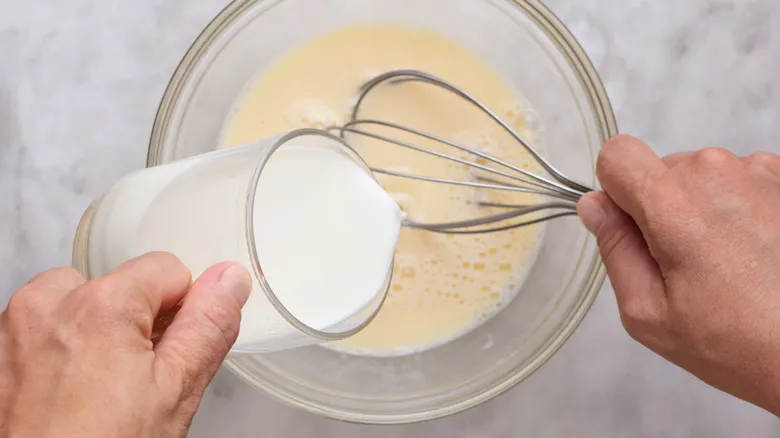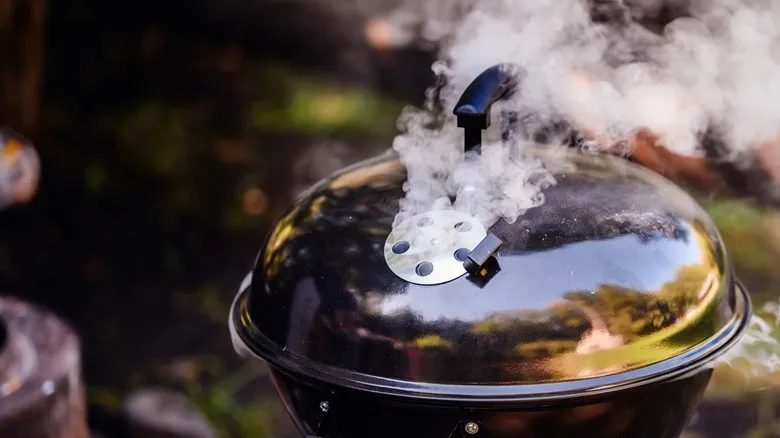Strategy for properly tempered eggs
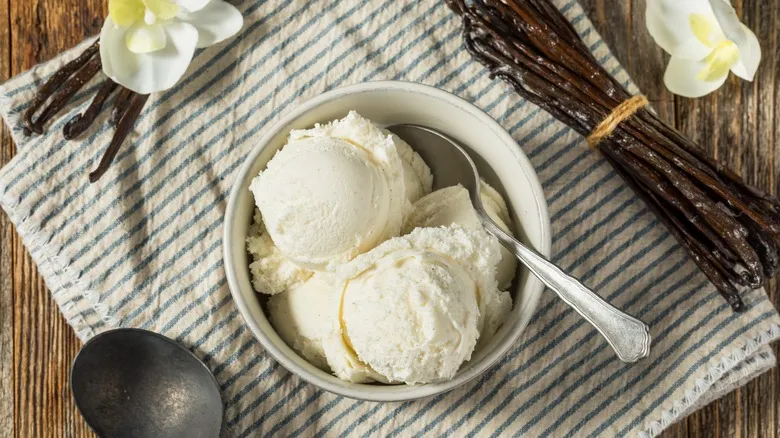
Imagine you're preparing French vanilla ice cream, which is essentially a frozen custard. After mixing the egg yolks and sugar, you heat a pot of whipping cream, half-and-half, and vanilla until it just begins to simmer. Now, you need to combine the hot cream with the egg yolk mixture. However, if you simply pour one into the other, the eggs will scramble, leading to an undesirable ice cream with hard, tasteless egg clumps.
To temper the mixture, ensure the bowl with the egg yolks is stable by wrapping a dish towel around its base. Then, gradually add a ladle of the hot cream to the eggs while whisking vigorously until fully blended. Next, slowly incorporate the tempered egg yolks back into the hot cream, whisking until everything is well combined. Return the pan to the stovetop and, over low to medium-low heat, continue stirring the mixture until it thickens. When it passes the nappe test—meaning it’s thick enough to coat the back of a spoon—the custard is ready to cool.
Alternatively, you can make custard ice cream at home using a simple shortcut that eliminates the need for tempering by gently warming all the ingredients together on the stove. Regardless of the method you choose, you'll be creating perfectly creamy custards and sauces in no time.
Recommended
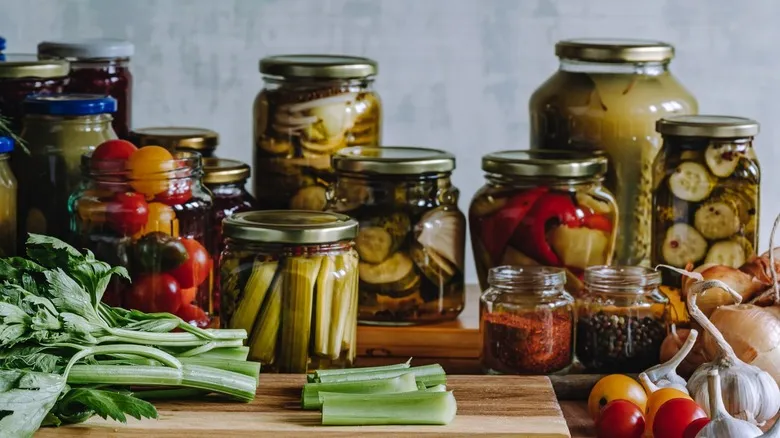
How Pickling Works: The Science Behind The Process
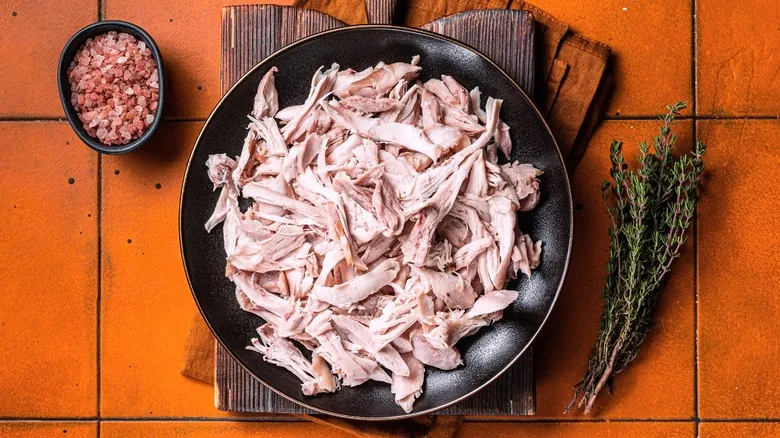
Is It Safe To Eat Pink Chicken? The Answer Is More Complicated Than You Think
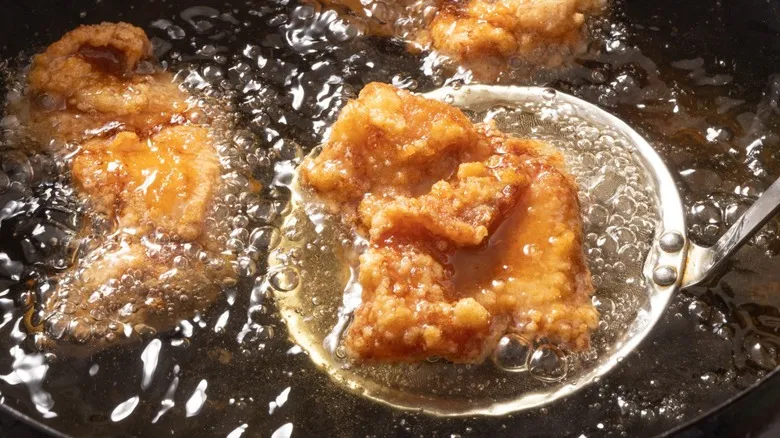
What's The Real Difference Between Deep-Frying And Pan-Frying?

Can Soda Actually Go Bad?
Next up

